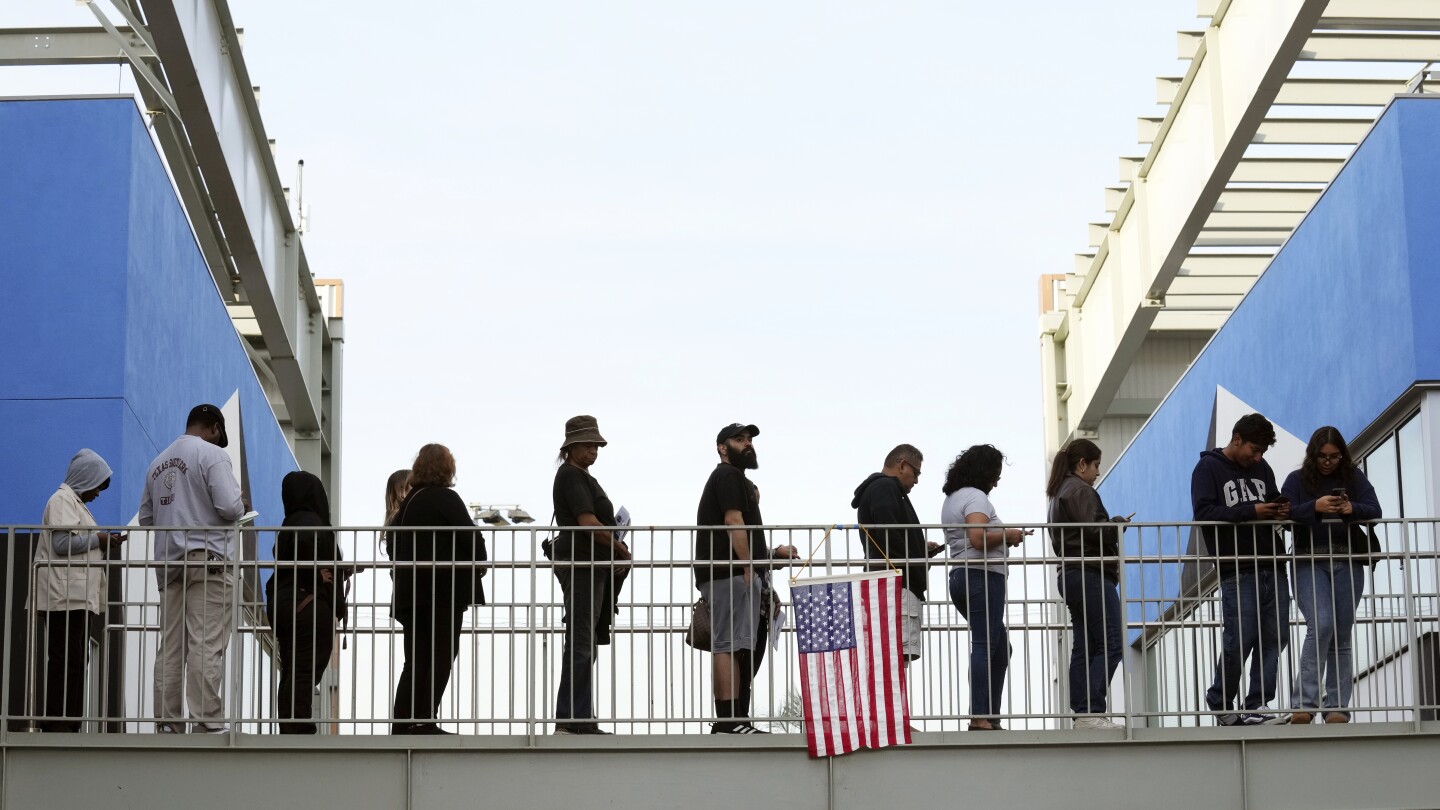Summary
The 2024 presidential election saw record-high turnout nearing 2020 levels, with over 152 million ballots cast.
Donald Trump won both the Electoral College and the popular vote by nearly 3 million votes, defying conventional wisdom that high turnout benefits Democrats.
Key swing states like Georgia, Michigan, and Pennsylvania had increased turnout, with Trump outperforming Kamala Harris in battlegrounds despite her strong voter mobilization.
The GOP’s focus on early and mail voting, as well as targeting infrequent voters, proved effective, signaling a shift in Republican turnout strategies in the Trump era.



11 days later and still counting, jeez. There as to be better ways to do that.
Several states have rules that the mail-in ballots have to be dropped in the mail on election day, and the mail can take a few days to be received, confirmed as eligible/valid, and then counted.
Many states have rules that allow for people to submit provisional ballots to be submitted and set aside while the system verified that the voter is eligible, and they don’t actually unseal and count the ballot until they confirm the voter’s eligibility.
Some even have rules where if a ballot is going to be challenged for not meeting the criteria for voting, such as matching the voter’s signature on file, the voter is given an opportunity to cure the defect. This can take weeks.
Significantly, the largest state, California, does all of these. They do 100% absentee voting, which increases the administrative overhead of counting (each envelope must be validated before being opened, many ballots not received by election day, a long process for disqualifying or curing ballots). So they’re the slowest. And they have the most. But they also have high voter participation rates, which is the goal of these voter-friendly policies that slow down counting.